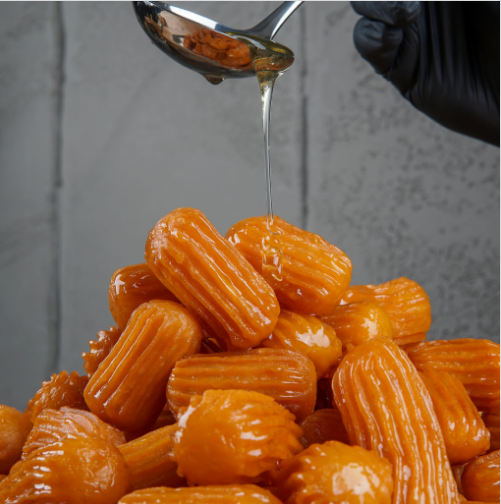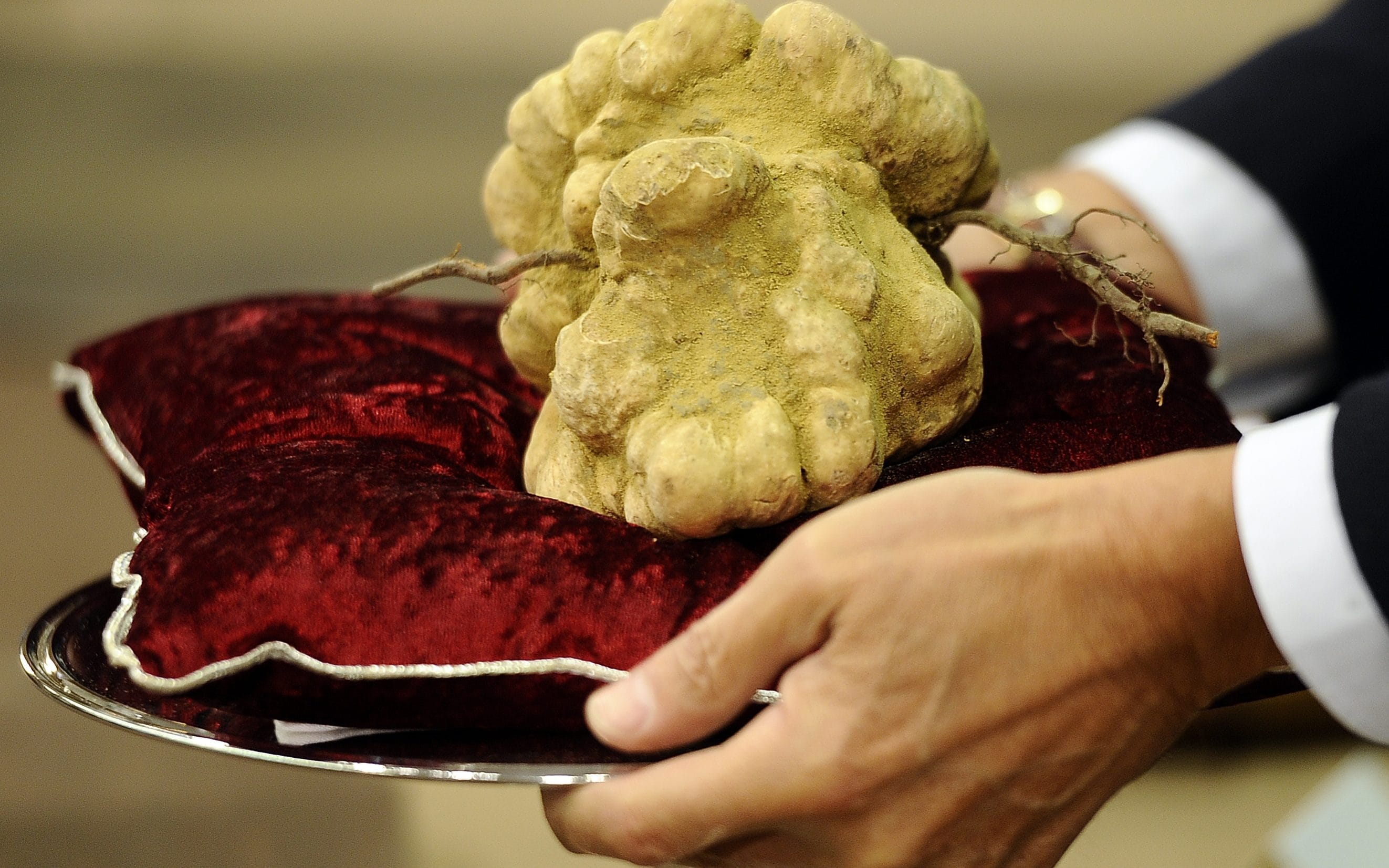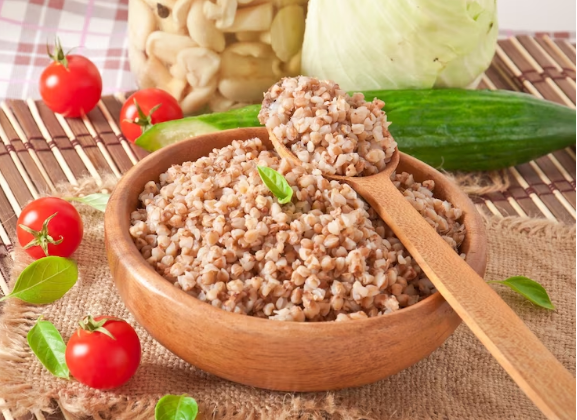
Tulumba, a delightful Turkish dessert, is a treat for those with a sweet tooth. Often described as the Turkish version of churros, this dessert boasts a unique flavor and texture that sets it apart. From its origins to its preparation and cultural significance, let's delve into the enticing world of tulumba.
Origins and History
Tulumba's roots trace back centuries, deeply embedded in the rich tapestry of Turkish culinary heritage. Its exact origins are somewhat ambiguous, with some sources suggesting it originated in the Ottoman Empire. Regardless of its precise inception, tulumba has evolved over time, becoming a beloved dessert not only in Turkey but also in many countries with Ottoman influence.
The name "tulumba" is believed to have derived from the Arabic word "tulumb," meaning pump. This is fitting, considering the dessert's distinctive shape, reminiscent of a miniature pump or a cylindrical tube.
Ingredients and Preparation
Tulumba is made from simple yet essential ingredients, including flour, water, eggs, and sugar, with a hint of lemon or orange zest for added flavor. The dough is piped into hot oil in a spiral or cylindrical shape, creating hollow tubes that are crispy on the outside and soft on the inside.
Once fried to a golden brown hue, the tulumba is bathed in a sweet syrup, typically infused with rose or orange blossom water, imparting a fragrant aroma and a touch of floral sweetness. This syrup seeps into the crevices of the tulumba, ensuring each bite is infused with delectable sweetness.
Cultural Significance
Tulumba holds a special place in Turkish culture, often served during festive occasions and celebrations such as weddings, religious holidays, and family gatherings. Its presence on dessert tables symbolizes abundance, hospitality, and the joy of communal feasting.
Beyond Turkey, tulumba has gained popularity in various Middle Eastern and Balkan countries, each adding its own unique twist to the recipe. Whether enjoyed as a street food snack or savored at a traditional Turkish bakery, tulumba continues to captivate taste buds worldwide.
Variations and Serving Suggestions

While the classic tulumba recipe remains timeless, there are several variations and serving suggestions to explore. Some variations include dipping the fried tulumba in honey or coating them in powdered sugar for an extra touch of sweetness.
Tulumba can be enjoyed on its own as a decadent dessert or paired with a dollop of creamy kaymak (clotted cream) or a scoop of vanilla ice cream for an indulgent treat. It also pairs well with a piping hot cup of Turkish coffee or fragrant tea, balancing its sweetness with a hint of bitterness.
Conclusion
In conclusion, tulumba is more than just a dessert; it's a culinary tradition steeped in history and cultural significance. Its crispy exterior, fluffy interior, and aromatic syrup make it a delight for the senses, leaving a lasting impression on those fortunate enough to savor its sweet embrace.
Whether you're indulging in a freshly fried batch at a bustling Turkish market or trying your hand at making it at home, tulumba promises to transport you on a journey through the vibrant flavors of Turkish cuisine. So, the next time you're craving something sweet and satisfying, consider treating yourself to the irresistible allure of tulumba.















































